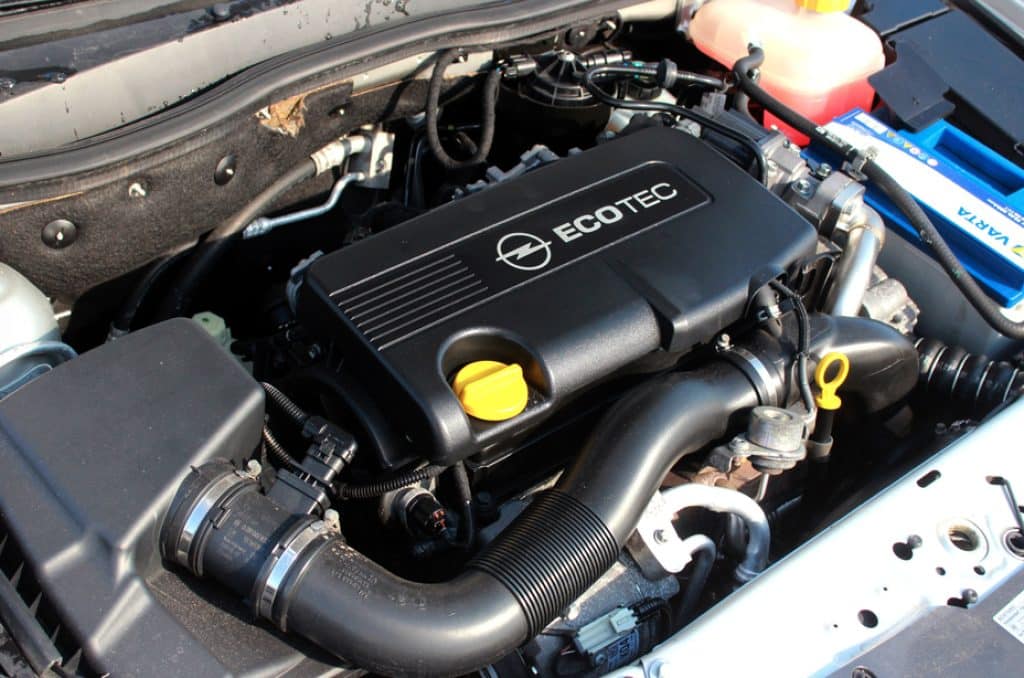Most V8 engines have eight spark plugs. A few exceptions have sixteen plugs, but they are rare.
Answer:
The easiest way to determine the number of your engine’s coil packs and/or plug wires is to count them.

Why Most V8’s only Use 8 Plugs
Spark plugs play a vital role in the operation of your V8 engine.
Each cylinder in a V8 has one spark plug, meaning there are typically eight spark plugs in total.
What a Spark Plug Does:
- Ignites the air/fuel mixture
- Starts the combustion process
- Helps in transferring heat from the combustion chamber
The construction of a spark plug includes:
- Center Electrode: Conducts the electricity to ignite the fuel.
- Insulator: Keeps the center electrode isolated from the casing.
- Metal Casing: Grounds the plug to the engine block.
Replacement Intervals:
- Generally, spark plugs should be replaced every 30,000 to 90,000 miles.
- Check your vehicle’s owner’s manual for specific recommendations.
Types of Spark Plugs:
- Copper
- Platinum
- Iridium
Different materials offer varying longevity and performance characteristics.
For your V8, consult your vehicle’s specifications to select the ideal type.
Installation Tips:
- Ensure the engine is cool.
- Use a spark plug socket and wrench.
- Apply anti-seize to the threads (if recommended by the manufacturer).
Signs of Worn Spark Plugs:
- Misfiring engine
- Reduced fuel efficiency
- Difficulty starting
- Lackluster acceleration
Regular inspection and maintenance of your spark plugs can improve engine performance and reduce the likelihood of vehicle breakdowns.
If you notice any of these issues, checking your spark plugs may be a good starting point.
Quantity and Arrangement

In a V8 engine, the number of spark plugs is typically consistent, but variations can exist based on specific engine designs.
Standard Count
- Your V8 engine will usually have eight spark plugs.
- One spark plug per cylinder allows for efficient combustion.
V8 Configuration
- The spark plugs in a V8 are evenly distributed, with four on each side of the engine.
- They are arranged in a V-configuration, mirroring the cylinder layout.
Exceptions
- Some high-performance V8 engines might use two spark plugs per cylinder, totaling sixteen spark plugs.
- Hemi engines are an example where multiple spark plugs per cylinder enhance the power and efficiency of the engine.
Maintenance and Replacement
Proper maintenance and timely replacement of spark plugs are crucial for the smooth operation of your V8 engine.
Routine Checks
- Visual Inspection: Regularly inspect your spark plugs for wear and tear. Look for any signs of damage or deposits.
- Check Spark Plug Gap: Use a gap tool to measure the spark plug gap, ensuring it matches the specifications for your vehicle.
Replacement Tips
- Refer to the Manual: Always consult your vehicle’s service manual for the correct spark plug type and replacement interval.
- Use the Correct Tools: To avoid damage, use a spark plug socket and torque wrench when removing and installing spark plugs.
- Apply Anti-Seize: Lightly coat the spark plug threads with anti-seize compound to prevent sticking.
- Install New Spark Plugs: Carefully thread the new spark plugs by hand to avoid cross-threading, then tighten to the manufacturer’s specified torque.
Performance Considerations
When looking to optimize the efficiency and power of your V8 engine, paying attention to spark plug selection can make a significant difference. Here’s what you need to focus on:
Materials
- You’ll find spark plugs with electrodes made of various materials such as copper, platinum, and iridium.
- Copper electrodes provide good conductivity but may not last as long as platinum or iridium.
- Platinum and iridium spark plugs offer durability and a stable spark, important for long-term performance.
Heat Range
- The heat range of a spark plug determines its ability to dissipate heat from the combustion chamber.
- You need to choose a spark plug with a heat range that’s suitable for your specific engine’s demands.
- Colder plugs are better for high performance engines that generate more heat.
- Hotter plugs maintain enough heat to prevent fouling in engines operating at lower temperatures.
Electrode Design
- The electrode’s shape and design impact the spark exposure and combustion efficiency.
- Here are some common electrode configurations:
- Single Ground Electrode: Standard design, provides reliable spark.
- Multiple Ground Electrodes: Reduces wear and can improve lifespan.
- A thinner electrode can improve ignition due to better exposure to the fuel-air mixture but may wear out faster.




